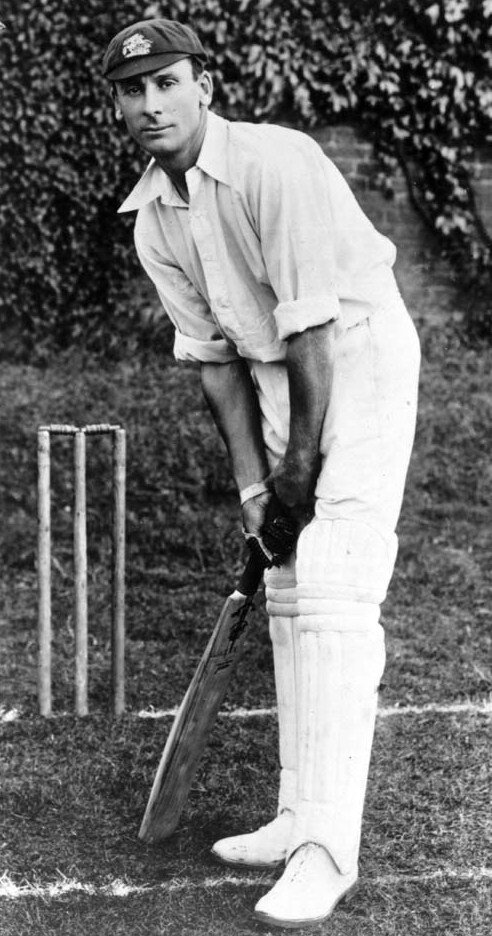by Abhishek Mukherjee
Alexander Cowie was genuinely quick. On his day he could be devastating, but he could also be wayward. which are probably explained by his strike rate of 34 and economy of 4.23 – all this before the Wars.
He took 13-0-67-5 on debut against Surrey. On another occasion he had match figures of 44-4-179-7 against Hampshire. You get the idea.
Cambridge were bowled out for 123 against Surrey that day at Fenner's. Then they opened bowling with Cowie and a left-arm seam bowler named Henry Grierson – against Hobbs and Hayward, no less.
Hobbs was already acknowledged as among the finest in the country, but he was not The Master yet. He was in the seventh year of his illustrious First-Class career. The famous 1911-12 Ashes was still a few months away.
But let us return to Cowie. Like most fast bowlers, Cowie was pumped up at the idea of teaching a great batsman a lesson.
He was pumped up early in the innings. "Do you want to see the fastest ball ever bowled at Fenner's?" he yelled at Grierson.
Remember, these were students, and Grierson did what any college student would have done: he urged Cowie on, probably with the idea of pulling Cowie's leg.
"Then watch it".
On came Cowie, huffing and puffing at the crease. Quite predictably, he had aimed Hobbs' head.
Hobbs leaned back a little. The ball went over the ropes at the third man, first bounce. The deep third man turned out to be ornamental. Yes, the uppercut.
Cowie was not amused. He announced that the next one would be even faster. Grierson must have chuckled.
This one was pitched up. Hobbs moved half-forward. The fielder at fine-leg did not even make an attempt.
Cowie's 9 overs went for 55. There were two wides.
Hobbs scored 93 that day before he was caught and bowled.
By Grierson.
All this happened on May 9, 1911.

